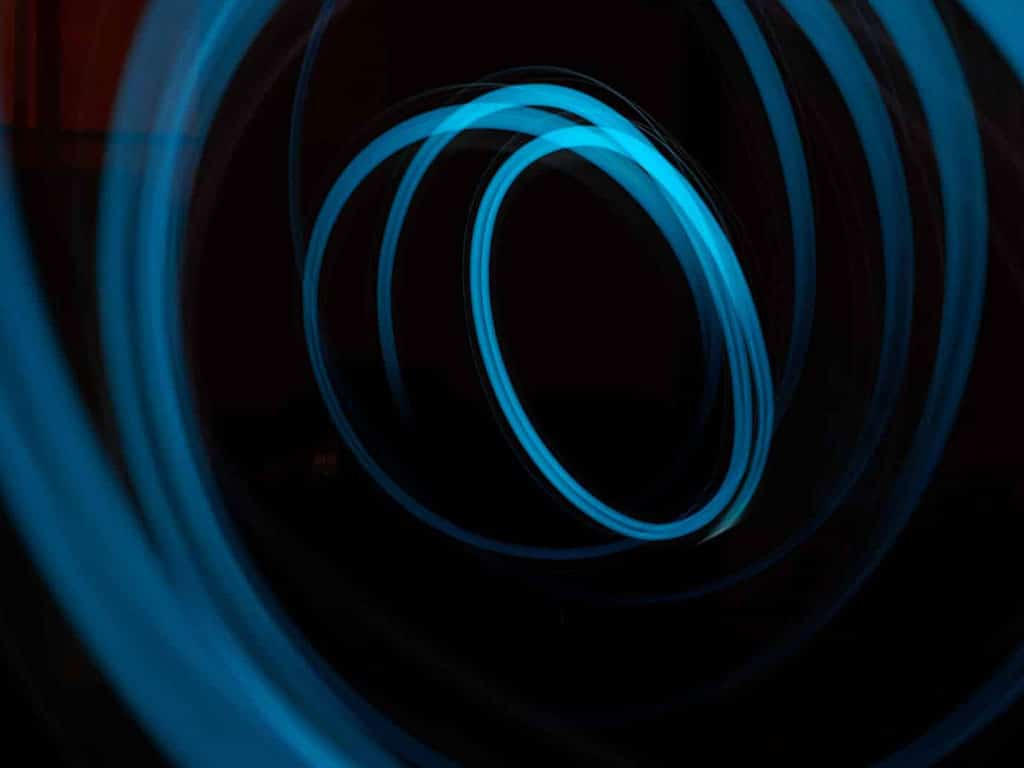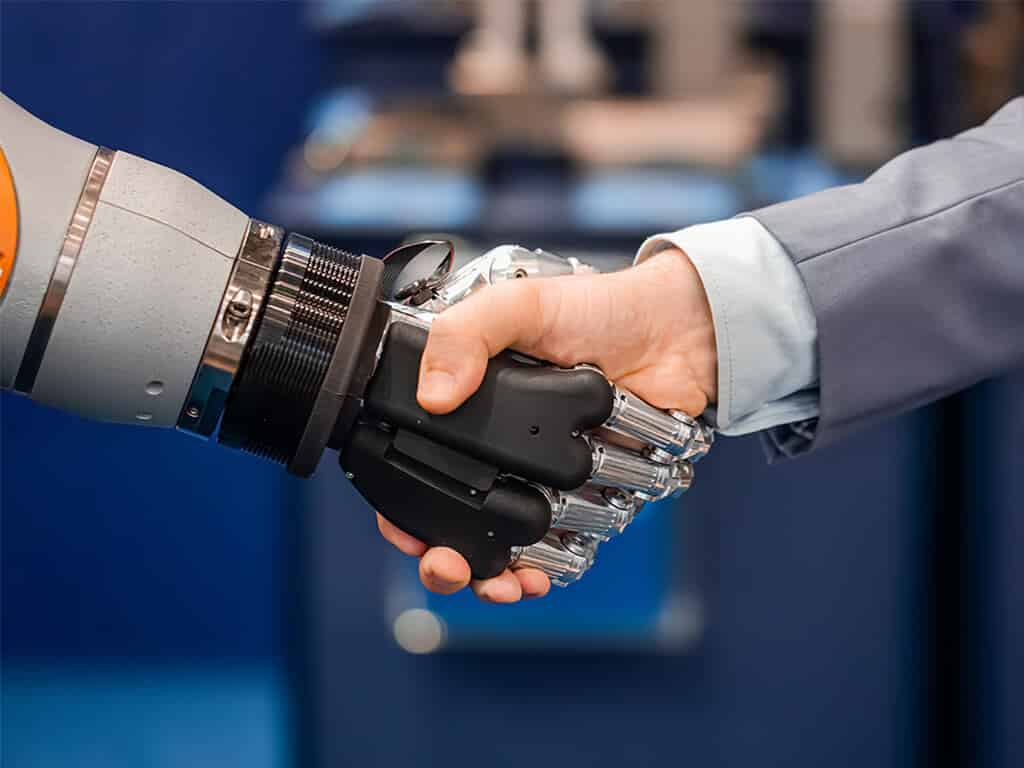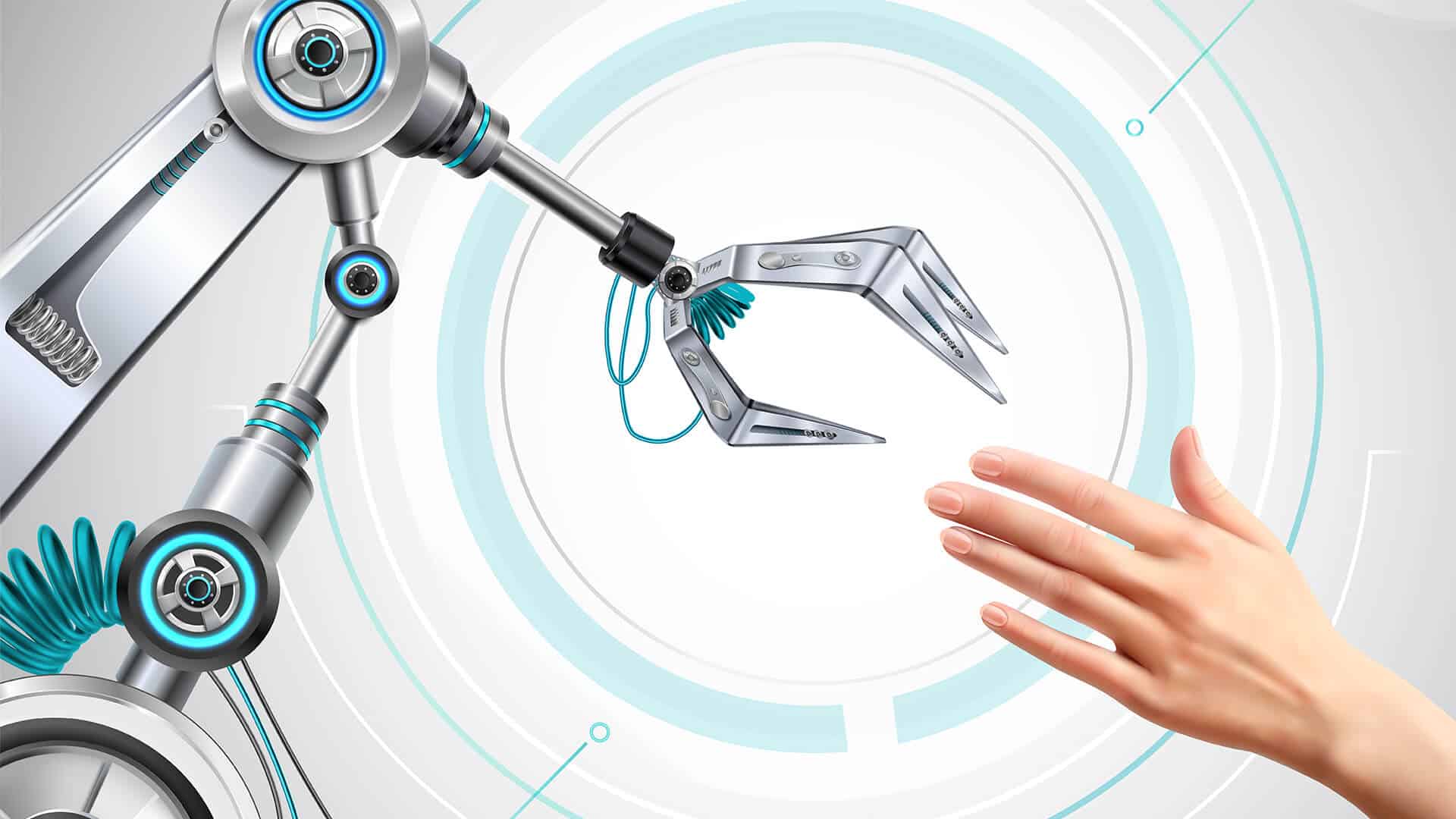The increasing convergence of artificial intelligence, the internet of things, robotics and other emerging technologies are expected to generate various novel legal issues that courts will soon have to grapple with, e.g., the issue of patentability of AI-generated inventions. With the breakneck pace at which technological advances are being generated and broadly adopted, the courts should expect to be asked to address those issues soon and to provide helpful guidelines for dealing with them. Otherwise, the courts risk engendering legal roadblocks or uncertainties that could significantly curb technological breakthroughs and the growth of commerce.
But right now, one source of great unpredictability in the patent field is subject matter eligibility under 35. U.S.C. § 101 based primarily on the U.S. Supreme Court’s decision in Alice Corp. v. CLS Bank International,[1] and subsequent lower court decisions attempting to make sense of this precedent with obvious, and often frank, frustration. In fact, several Federal Circuit and district court judges have lamented the enormous uncertainty surrounding the interpretation of the abstract idea exception to patent eligibility under Section 101. For example, Judge Richard Linn stated that the issue with the Alice test “is that it is indeterminate.” Also, Judge S. Jay Plager noted that the “incoherent body of doctrine” applying Alice makes it “near impossible to know with any certainty whether the invention is or is not patent eligible.” Judge George Wu of the U.S.District Court for the Central District of California criticized Alice for creating what he described as an “I know it when I see it” test. Judge Wu’s former colleague, Judge Mariana Pfaelzer, commented that the Supreme Court’s patent-eligibility cases “often confuse more than they clarify [and] appear to contradict each other on important issues.”
This confusion and unpredictability has even prompted lawmakers to take action, including a bill introduced by Rep. Thomas Massie, R-Ky., and Marcy Kaptur, D-Ohio, which would amend Section 101 to “effectively abrogate[] Alice Corp. v. CLS Bank International, 134 S. Ct. 2347 (2014) and its predecessors to ensure that life sciences discoveries, computer software, and similar inventions and discoveries are patentable, and that those patents are enforceable.”[2]
While proponents of the Alice decision see it a much-needed tool in the legal system to address frivolous lawsuits, the uncertainty and unpredictability in the law impacts both plaintiffs and defendants alike and substantially weakens the U.S. patent system to the detriment of our society as a whole. This is especially true considering that the uncertainty hits at the heart of the next innovative frontier focused on advancements in artificial intelligence and machine learning. Indeed, as one study shows, the number of patent application in this space has been growing dramatically in the past several years, especially in the United State and China. However, it is worth mentioning that the growth trajectory in Chinese applications spiked in 2014, the year of the Supreme Court’s Alice decision, and for the first time in 2016 surpassed the U.S. filings.
With this backdrop, the following discusses several of the arguments for why Alice’s two-step test needs to be revised or replaced entirely. The two-prong test comprises the following steps:
- Determine whether the claims at issue are directed to a patent-ineligible concept that falls under one of Section 101’s implied exceptions: laws of nature, natural phenomena and abstract ideas.
- Examine the elements of the claim to determine whether it contains an “`inventive concept’” sufficient to “transform” the claimed abstract idea into something that is patent-eligible, i.e., something that is “significantly more” than the “abstract idea” at issue.
What Does the Court in Alice Mean by “Abstract Ideas”
Although the Supreme Court never defines “abstract ideas,” it suggests that abstract ideas, which are patent ineligible, include those claimed inventions that cover fundamental knowledge (“building blocks”) of human creativity. And the test is a measure of the preemptive impact on fundamental knowledge. But the court never addresses how we determine what is a “basic tool of scientific and technological work” and what more is needed to get past the first prong.
For example, the court in Alice cited Bilski v. Kappos,[3] wherein the court used the term “fundamental economic practice” when it concluded that “[t]he concept of hedging as recited by the claims in suit was therefore a patent-ineligible “abstract idea” because “’[h]edging is a fundamental economic practice long prevalent in our system of commerce and taught in any introductory finance class.’”
But the terms “long prevalent” and “taught in any introductory finance class” would seem to simply suggest contravention of Section 101’s requirement that a claimed invention be novel aside from being useful, something that probably would have obviated the need to implicate Section 101’s abstract idea exception in this case. An
alternative view would be that the descriptions “long prevalent” and “taught in any introductory finance class” also clearly implicate Section 102 and/or Section 103.
To add to the confusion, the Supreme Court emphasized that “[a]t some level, ‘all inventions … embody, use, reflect, rest upon, or apply laws of nature, natural phenomena, or abstract ideas,’” and cautioned against characterizing inventions down to this level “lest it swallow all of patent law.” Yet, the court goes on to adopt a test for applying this exclusionary principle starting with breaking down the claims of a patent in this very manner.
As a result of this ambiguity, the lower courts struggle to interpret claims in a summary fashion to state what claims are “directed to” in order to determine the level of abstractness. By way of example, in multiple instances, the Federal Circuit has found claims directed to patent-ineligible subject matter based on a characterization of the claimed invention as being directed to nothing more than collecting, analyzing, and displaying information in a familiar way. However, not one of the claims in any of these instances has merely claimed collecting, analyzing and displaying information. Rather, the courts strip the claim language down to a point of abstraction and unsurprisingly come to a conclusion that the patent is directed to an abstract idea. Aside from the Supreme Court’s caution against doing so in Alice, any attempt to characterize a claimed invention in broad terms (other than the precise claim language at issue) necessarily runs this risk. More importantly, it is fundamental patent law that the “claims” define the subject matter which the applicant regards as the invention — not some summarily broad characterization of the claim that is derived in hindsight.
That being said, what is most perplexing about the ambiguity this has created is the underlying question of why. No doubt there is a distinction between patentability and eligibility, but the analysis of patentability, namely Sections 102, 103 and 112, is dispositive of the issue, as an abstract idea will not satisfy these statutory
requirements. As Judge Pauline Newman, in her concurrence in Bascom Global Internet Services Inc. v. AT&T Mobility LLC,[4] eloquently stated: “There is no good reason why the district court should be constrained from determining patentability, instead of eligibility based on “abstract idea,” when the patentability/validity determination would be dispositive of the dispute.”
The Two-Step Test: A Completely New Patentability Criterion?
A frequently raised question is: Did Alice introduce a new patentability criterion that applies exclusively to software patents that cover fundamental human knowledge?
Although the first step in the two-step test has to do with Section 101’s “abstract ideas” exception, the second step refers to a different patent-eligibility criterion — whether the claimed invention contains an “’inventive concept’ sufficient to ‘transform’ the claimed abstract idea into a patent-eligible application” (or contains an element that is “significantly more” than the abstract idea). Yet, most patent practitioners would not associate the term “inventive concept” with Section 101 or its exceptions.
Also, although Section 101 itself states that a claimed invention must be “novel and useful” and thus implies the novelty requirement under Section 102, the term “inventive,” at least before Alice, generally referred to whether a claimed invention satisfied the novelty and nonobviousness requirements under Sections 102 and 103.
But even though a plurality of the Federal Circuit in CLS Bank Int’l v. Alice Corp. Pty. Ltd.[5] stated that the term “inventive concept” as it relates to Section 101 differs significantly from the inventiveness concept as it has been understood under Sections 102 and 103, it is not clear that this view has been adopted widely. For one, some of the language that the Supreme Court used in Alice when discussing patent-eligibility under Section 101 is often found in Section 103 determinations (e.g., “generic,” “conventional,” “routine,” “well-understood”). Also, Section 103’s standard for determining obviousness based on a person of ordinary skill in the art and the various secondary considerations that may be used to overcome a Section 103 rejection by an examiner (e.g., skepticism by experts, long-felt but unmet needs, failure of others, and unexpected outcomes) have long been generally acknowledged as logical indicia of an inventive concept or inventiveness.
Thus, if the “inventive concept” under Section 101 differs appreciably from that under Sections 102 and 103, what other possible meanings or interpretations could be attributed to an “inventive concept” under Section 101 that not only would differ significantly from those that have long been relied on and applied under Sections 102 and 103 but would also be sensible to apply in patent-eligibility determinations based on the existence or absence of an “inventive concept” under the second step?
On the other hand, if we ignore the two-prong test’s inherent logical inconsistencies and underlying fundamental ambiguities, the two-prong test would seem to represent a new, additional patentability criterion. Specifically, the test appears to be a hybrid patentability criterion that melds Section 101 with at least Section 103, one specifically aimed at claimed inventions directed to software or algorithms that amount essentially to merely automating “conventional activities.”
In fact, the first step, which relates specifically to Section 101, serves solely to eliminate at the outset those claimed inventions not considered to contravene Section 101 (and arguably it is step one that has been doing all the “real” work since Enfish LLC v. Microsoft Corp.). So, it is primarily the second step — the one that has to do with the “inventive concept” or “the significantly more than an abstract concept” criterion — that ultimately decides whether a claimed invention is patent-ineligible.
Thus, the two-prong patent-eligibility test turns on an analysis rooted at least in a 103 determination in which the Section 101 “abstract ideas” exception is used solely to filter out claimed inventions that appear problematic. So, what seemed to be a new patent-eligibility criterion is based on something old and familiar after all, yet fails to
consider the substantial body of law on the very issue.
This underscores the fundamental problem with Alice, as there is no real need to employ an eligibility exception for fundamental practices that are long prevalent because a claim directed to such a concept would not be “inventive” under Sections 102 and 103. In fact, Judge Plager has recommended that district courts put § 101 determinations on hold until after patentability challenges based on Sections 102, 103 and 112 have been decided.
Judge Jimmie Reyna’s dissent in Amdocs (Israel) Ltd. v. Openet Telecom Inc.[6] artfully points out the distinction on this issue, noting that “the concept of inventiveness is distinct from that of novelty. Novelty is the question of whether the claimed invention is new. Inventiveness is the question of whether the claimed matter is invention at all, new or otherwise.” However, this ignores the simple fact that inventiveness is at some level gauged on what came before. In a sense, inventiveness is intertwined with novelty in that what was considered inventive then may no longer be deemed inventive today. Unlike the Section 101 exceptions, the level of inventiveness of a concept or idea unavoidably diminishes with time, although its inventiveness at an earlier time may remain beyond doubt. Which is why, when asking whether a claim is directed to an inventive concept (other than, arguably, where a claim is directed merely to a goal or result, which still must meet the requirement of Section 112) the question of novelty and obviousness simply cannot be avoided. This is undoubtedly why the Federal Circuit’s precedent seemingly cannot make sense of the analysis. For example, compare Berkheimer v. HP Inc. (“Alice test is satisfied when the claim limitations involve more than … routine, and conventional activities”) with SAP America Inc. v. InvestPic LLC (Alice test is not satisfied simply because the claimed techniques are “novel and non-obvious”).
Alice’s Two-Step Test Needs to be Amended or Overturned
Probably the most serious flaw of the two-prong test is its failure to clearly articulate or define what its key test parameters “abstract idea” and “significantly more than an abstract idea” mean or how or how much they differ.Even at this point, no one can claim to fully understand what “abstract idea” means as used in Alice. Neither can anyone claim to clearly grasp what “more than an abstract idea” is, much less what “significantly more than an abstract idea” means. Importantly, how can a test reject something fairly when it doesn’t even clarify what is meant by the concept or basis on which its rejection was made? Alice not only failed to add clarity but also further muddled up a topic previously considered well-settled under the law.
Clearly, Alice’s two-step test needs to be either substantially modified or entirely replaced, with legislation (e.g., H.R. 6264) as the only viable solution. One could only hope the changes will come soon enough.





